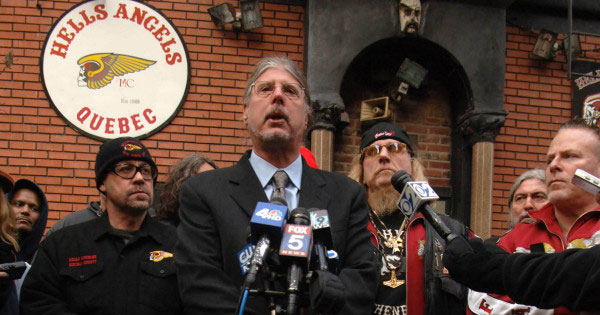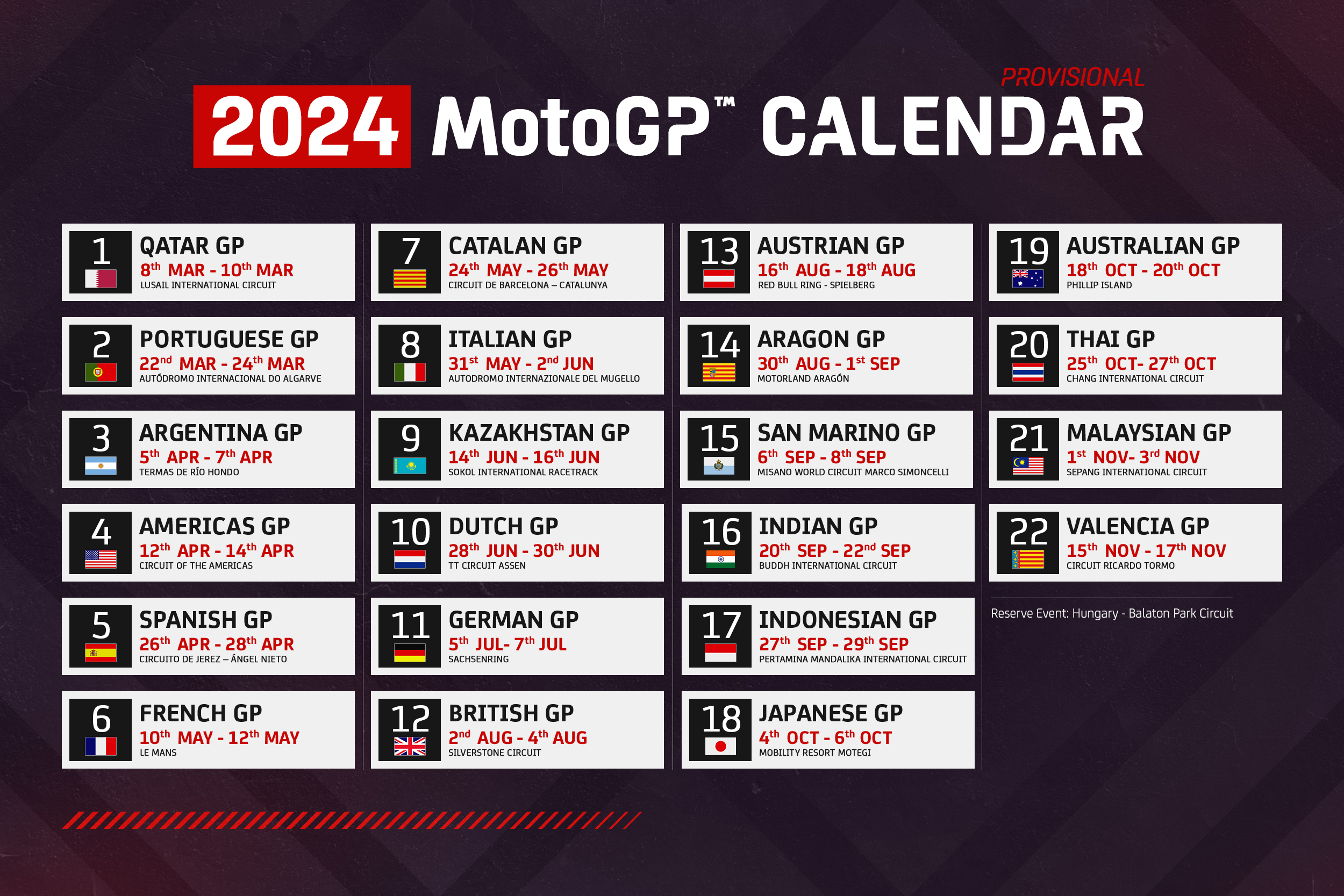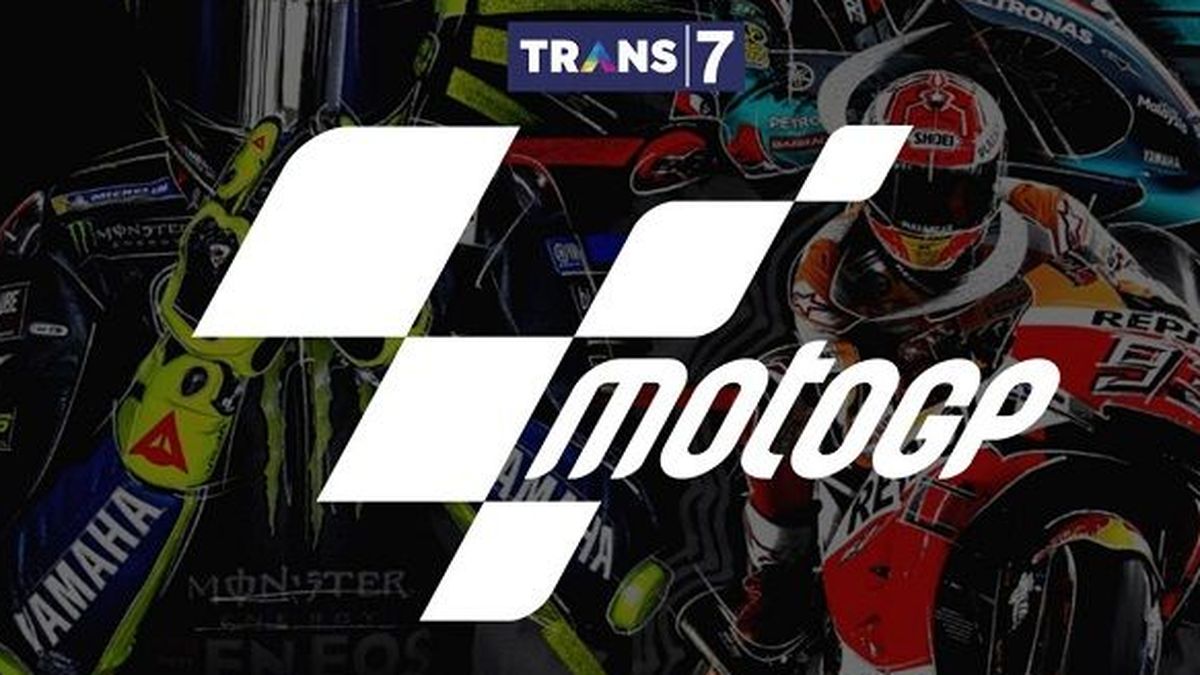Hells Angels: Organization And Operations

Table of Contents
The Hierarchical Structure of the Hells Angels
The Hells Angels' hierarchical structure is crucial to its effectiveness. It's a rigid, top-down system ensuring obedience and control across its global network. At the apex is the "Mother Chapter," often considered the most powerful and influential. Below this, the organization branches out into numerous individual chapters, each operating within a specific geographical territory. Within each chapter, a clear chain of command dictates operations.
- President: The ultimate authority within a chapter, making key decisions and overseeing all activities.
- Vice President: Second in command, assisting the President and often taking on additional responsibilities.
- Sergeant-at-Arms: Responsible for enforcing club rules, maintaining discipline, and often handling security and violence.
- Treasurer: Manages the club's finances, a critical role given the HAMC's involvement in various criminal enterprises.
- Prospects: Individuals seeking membership who undergo a rigorous probationary period, proving their loyalty and commitment.
- Full Members: Have completed their probation and enjoy full rights and responsibilities within the club.
Decisions are made through a process of internal meetings and consultations, but ultimately, the President holds the final say. Loyalty and obedience are paramount; dissent is swiftly and severely dealt with. The Mother Chapter often provides guidance and support to individual chapters, but individual chapters retain considerable autonomy in their local operations. This decentralized structure allows for flexibility while maintaining overall organizational cohesion.
Geographic Organization and Chapter Dynamics
The Hells Angels boast a significant global presence, with numerous chapters operating across continents. This extensive network allows for a high degree of operational flexibility and resource sharing.
- Independent Chapters: Operate within defined territories, controlling specific geographical areas and their associated criminal activities.
- Regional Structure: Chapters are often grouped regionally, facilitating communication, coordination of activities, and support between geographically proximate chapters.
- Territorial Disputes: Conflicts can arise between chapters over territory, resources, or perceived encroachments, sometimes resulting in violent clashes.
- Support between Chapters: Chapters cooperate on various activities, from large-scale drug trafficking operations to mutual support during conflicts with rival gangs or law enforcement.
Territorial control is paramount for the Hells Angels, as it allows them to control illegal activities within their designated areas, maximizing profits and minimizing competition. This control extends to various criminal operations and influences local businesses through intimidation and extortion.
Hells Angels Operations: Criminal Activities and Methods
The Hells Angels' criminal activities are extensive and varied, leveraging their organizational structure for maximum efficiency and profitability.
- Drug Trafficking: The HAMC is heavily involved in the trafficking of various illicit drugs, from cocaine and methamphetamine to heroin, utilizing extensive networks for distribution.
- Arms Trafficking: The organization also engages in the illegal trade of firearms, providing weapons for their own use and supplying other criminal organizations.
- Extortion and Racketeering: The HAMC uses intimidation and violence to extort money from businesses, often operating under the guise of legitimate enterprises.
- Money Laundering: Complex financial schemes are employed to disguise the origins of illegally obtained funds, integrating them into the legitimate economy.
- Violence and Intimidation: Violence is readily used to maintain control, eliminate rivals, enforce discipline within the organization, and protect its operations.
The hierarchical structure of the Hells Angels facilitates these criminal operations by providing clear lines of authority, specialized roles, and compartmentalized responsibilities, minimizing risk and maximizing efficiency.
Law Enforcement Strategies and Challenges
Combating the Hells Angels presents significant challenges to law enforcement agencies worldwide.
- Secrecy and Discretion: The organization maintains a high degree of secrecy, making it difficult to infiltrate and gather intelligence.
- Use of Legal Businesses as Fronts: The HAMC often uses legitimate businesses as fronts for illegal activities, obscuring their criminal operations.
- Difficulty in Gathering Evidence and Securing Convictions: Gathering sufficient evidence to secure convictions against Hells Angels members requires meticulous investigation and often relies on cooperation from informants.
- International Cooperation Challenges: The transnational nature of many of their operations necessitates effective international cooperation between law enforcement agencies.
Despite these challenges, law enforcement agencies have employed successful strategies, including long-term investigations, undercover operations, and asset forfeiture, to dismantle Hells Angels chapters and disrupt their activities. However, the Hells Angels’ adaptability and resilient organizational structure means the fight against this notorious organization is far from over.
Conclusion
The Hells Angels Motorcycle Club, with its intricate hierarchical structure and extensive network of chapters, presents a significant challenge to law enforcement globally. Understanding their organizational structure and operational methods is crucial to effectively combating their criminal activities. This article has provided insight into the inner workings of the Hells Angels, from their rigid chain of command to their widespread involvement in drug trafficking, arms dealing, and other serious crimes. To stay informed about the ever-evolving tactics of this powerful criminal organization, further research into the Hells Angels and their ongoing operations is highly recommended. Learning more about Hells Angels' organization and operations is essential for understanding the complexities of organized crime and developing effective strategies to counter their threats.

Featured Posts
-
 Future Of Activision Blizzard Ftc Challenges Microsoft Merger
May 25, 2025
Future Of Activision Blizzard Ftc Challenges Microsoft Merger
May 25, 2025 -
 Jenson Fw 22 Extended An In Depth Look At The New Collection
May 25, 2025
Jenson Fw 22 Extended An In Depth Look At The New Collection
May 25, 2025 -
 Trump E I Dazi Del 20 Conseguenze Per Nike Lululemon E Il Mercato Europeo Della Moda
May 25, 2025
Trump E I Dazi Del 20 Conseguenze Per Nike Lululemon E Il Mercato Europeo Della Moda
May 25, 2025 -
 Flash Flood Warning Issued For Cayuga County Due To Heavy Rain
May 25, 2025
Flash Flood Warning Issued For Cayuga County Due To Heavy Rain
May 25, 2025 -
 Los Mellizos De Alberto De Monaco Celebran Su Primera Comunion
May 25, 2025
Los Mellizos De Alberto De Monaco Celebran Su Primera Comunion
May 25, 2025
Latest Posts
-
 Jadwal Tayang Moto Gp Argentina 2025 Di Trans7 Jangan Sampai Ketinggalan
May 26, 2025
Jadwal Tayang Moto Gp Argentina 2025 Di Trans7 Jangan Sampai Ketinggalan
May 26, 2025 -
 Jadwal Siaran Langsung Moto Gp Argentina 2025 Di Trans7 Panduan Lengkap
May 26, 2025
Jadwal Siaran Langsung Moto Gp Argentina 2025 Di Trans7 Panduan Lengkap
May 26, 2025 -
 Moto Gp Inggris 2025 Saksikan Live Streaming Di Trans7 And Spotv Cek Klasemen Terkini
May 26, 2025
Moto Gp Inggris 2025 Saksikan Live Streaming Di Trans7 And Spotv Cek Klasemen Terkini
May 26, 2025 -
 Jadwal And Siaran Langsung Moto Gp Inggris 2025 Trans7 Spotv Dan Klasemen Terbaru Hari Ini
May 26, 2025
Jadwal And Siaran Langsung Moto Gp Inggris 2025 Trans7 Spotv Dan Klasemen Terbaru Hari Ini
May 26, 2025 -
 Live Streaming Moto Gp Inggris 2025 Trans7 And Spotv Jadwal And Update Klasemen
May 26, 2025
Live Streaming Moto Gp Inggris 2025 Trans7 And Spotv Jadwal And Update Klasemen
May 26, 2025
